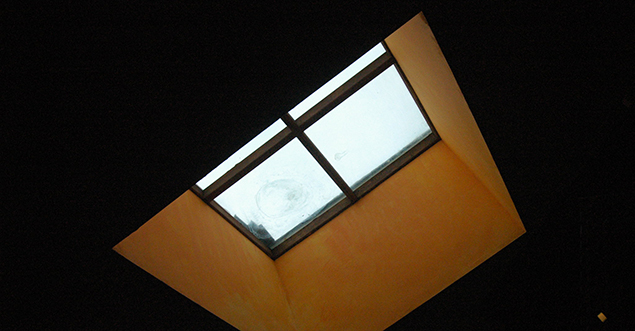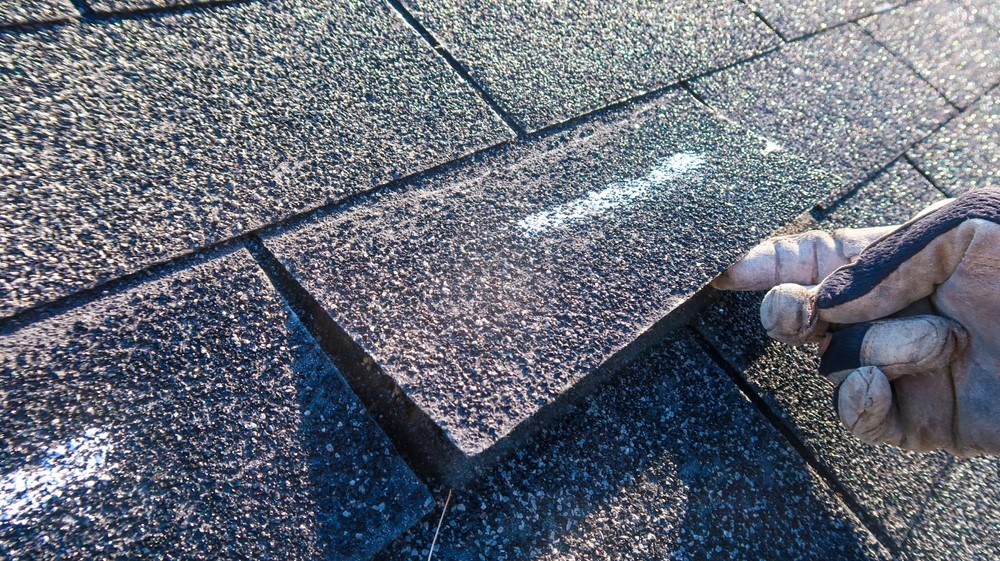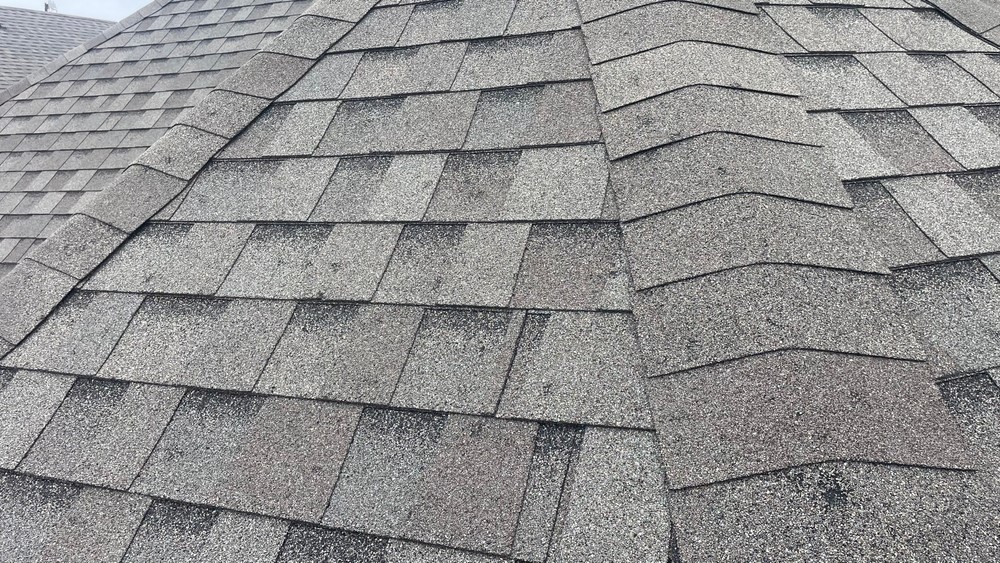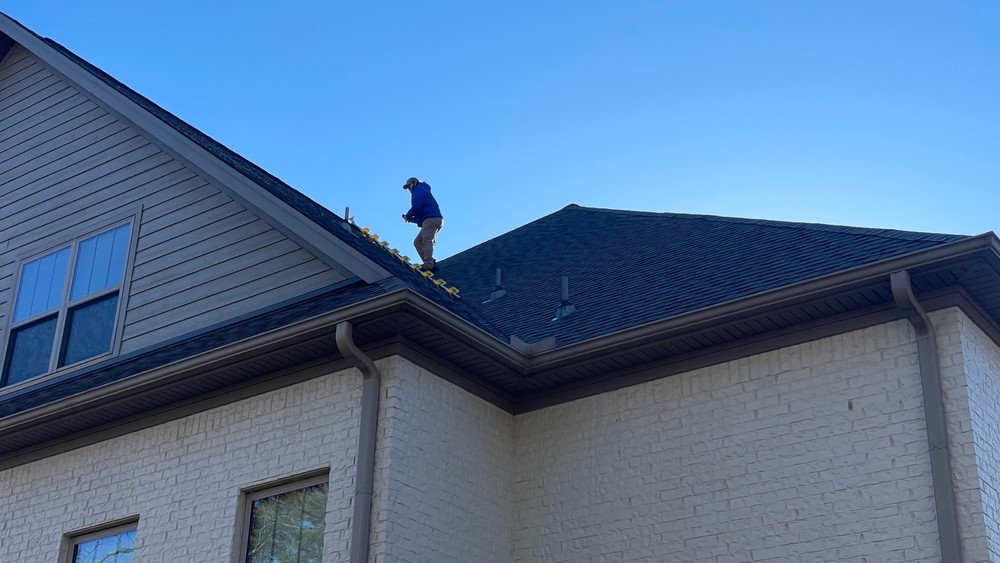Shingles might seem like the star of the show, but another hero is protecting your roof behind the scenes. Learn more about roof flashing and what it does.
Shingles tend to get most or all of the credit when it comes to roofing, but they are only one part of a larger team. To be clear, shingles are a vitally important part of a roof. They protect the house from rain and other weather. They couldn’t do their job, though, if it weren’t for roof flashing.
An experienced roofing contractor can save your roof a lot of trouble with skilled roof flashing installation. What is roof flashing, though, and how does it work? Learn more about the part of your roof that protects every other part, and asks for no praise in doing so.What is roof flashing?
Roof flashing is thin, rust-resistant metal sheeting installed at joints and seams in your roof. It can consist of galvanized steel, aluminum, or copper. It protects exposed areas by keeping water from seeping in and causing damage. Even the strongest shingles in the world cannot stand up to water damage to the underlying roof layers.

How does roof flashing work?
Flashing directs water away from vulnerable spots, including roof edges, anywhere the roof meets a wall, places where two roof surfaces meet, and around protrusions like roof vents or pipes. Instead of penetrating into the roof, the water flows over the shingles and into a gutter or onto the ground. This allows the rest of the roof to do its job without interruption from mold and other water damage.
Flashing can be:- External, meaning it is installed above other roofing materials; or
- Internal, meaning it is concealed below other layers.
- Improper installation or repair
- Human error, such as damage caused by someone walking on a roof
- Severe weather events, particularly wind, hail, or snow
- Age
Types of roof flashing
Roof flashing is necessary anywhere one roof surface comes into contact with another surface. The various types of roof flashing represent all of these areas.
Base and counter flashing
Some parts of a roof need two pieces of flashing. Chimneys, for example, present a particularly difficult challenge for roofers when it comes to installing flashing. Base flashing goes around the chimney where it emerges from the roof — i.e. at what appears to be its base. It is flared outward so it directs water away from the chimney.
Counter flashing is the second part of the flashing team protecting chimneys. It goes over or above the base flashing.Step flashing
Step flashing is a rectangular piece of metal bent in the middle at a 90-degree angle. It goes over seams where a roof surface meets a wall.
Skylight flashing

Skylights require a special kind of flashing to protect against roof leaks and damage to the glass. Manufacturers sometimes include flashing materials with each skylight.
Continuous flashing
This is a long piece of metal between a wall and a sloped roof that directs water away from the wall and onto the shingles. It often includes expansion joints since a single strip of metal cannot expand, contract, or shift with the house as the seasons change.
Ridge and valley flashing
A “ridge” is typically the highest point where two roof surfaces meet. Water has nowhere to go from there but down. Ridge flashing makes sure it goes down along the top of the shingles, and not through the roof itself.
Other areas where two sloped roof surfaces meet are known as “valleys.” Flashing installed here channels water directly down.Drip edge flashing

Once the water has run down the shingles, drip edge flashing directs it into the gutter. If the roof has no gutter, it directs water away from the wood underneath the shingles, known as the fascia. Without this kind of flashing, water can collect in the fascia and cause damage over time.
Kickout flashing
Kickout flashing covers the gap between step flashing and the gutter. It directs water away from the wall and towards the gutter.
Get a Professional Opinion
The skilled and experienced professionals at RoofCrafters provide unmatched workmanship and service in the greater Austin area. Contact us today to schedule a free roof inspection!
Subscribe to RoofCrafters Inc's Blog








